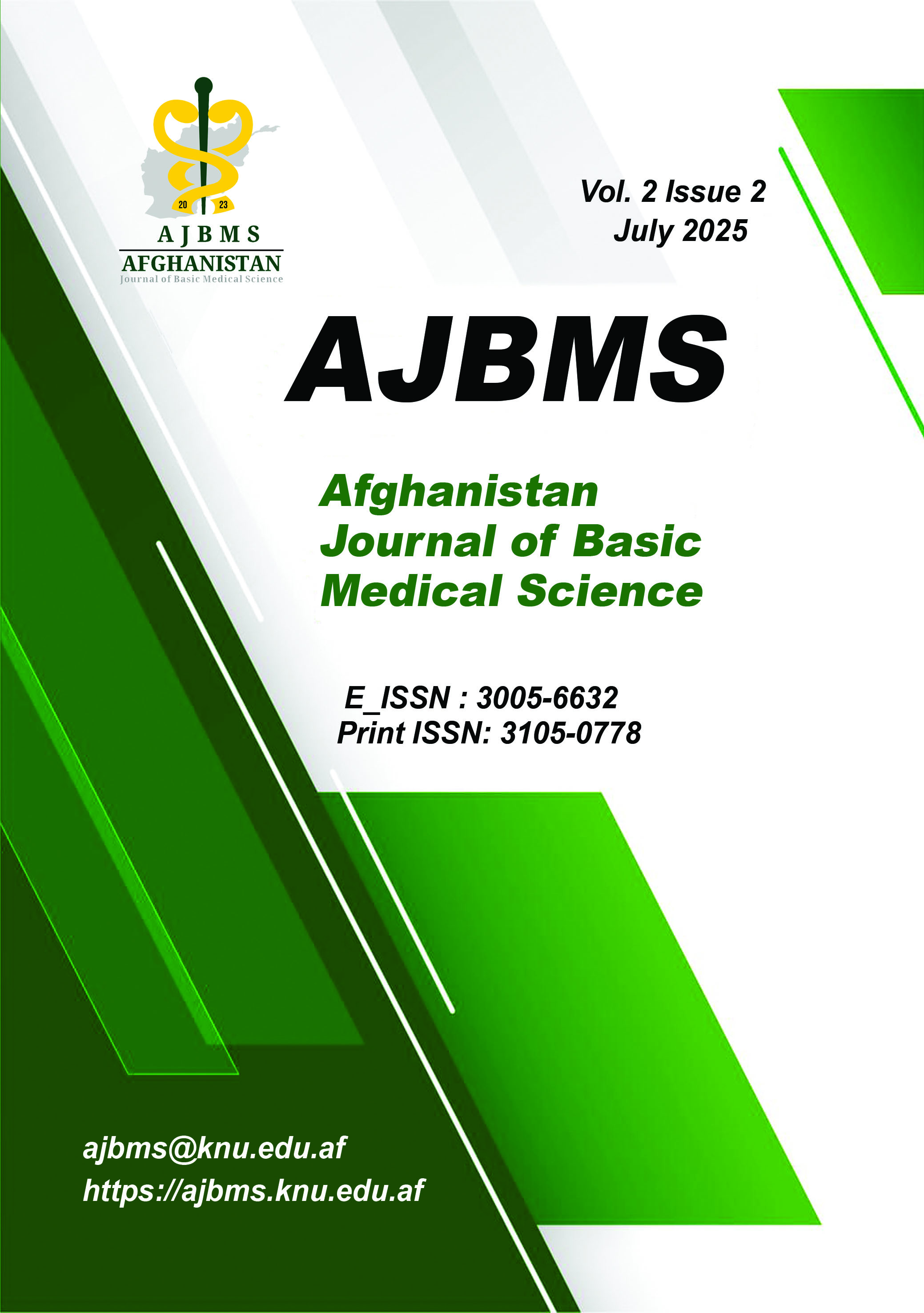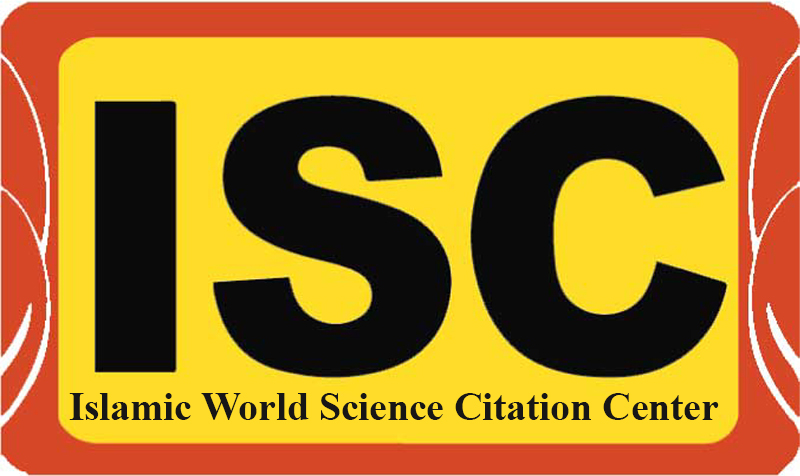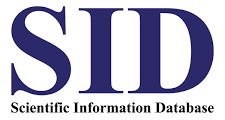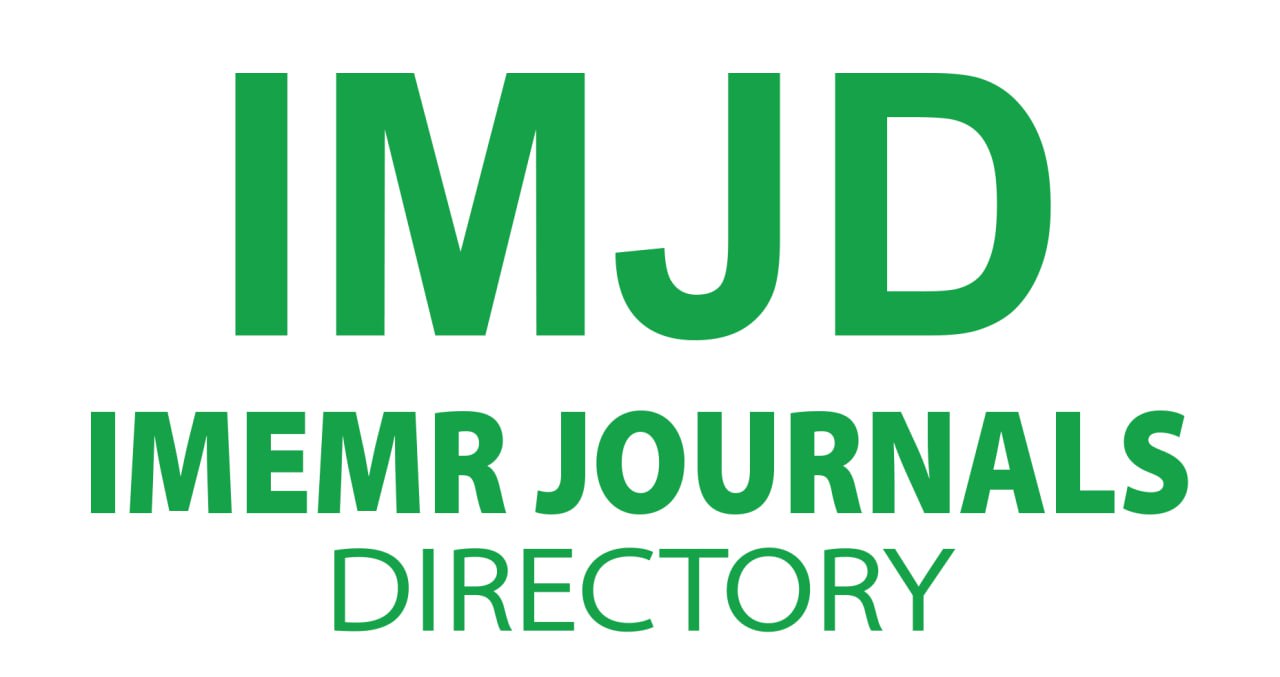Evaluating Multidrug-Resistant TB Prevalence in Smear-Positive Pulmonary TB Patients: Insights from Balochistan, Pakistan
DOI:
https://doi.org/10.62134/khatamuni.92Keywords:
Multidrug-Resistant Tuberculosis, Smear-Positive Pulmonary TB, Drug Resistance Patterns, Balochistan, Pakistan, Treatment outcomesAbstract
Background: Multidrug-resistant tuberculosis (MDR-TB) remains a critical public health issue, especially in high-burden regions such as Pakistan. We aimed to evaluate the prevalence and resistance patterns of MDR-TB among smear-positive pulmonary tuberculosis patients in Balochistan, along with associated demographic and clinical characteristics.
Methods: A retrospective cross-sectional study was conducted at Fatima Jinnah Hospital, Quetta (Capital city of Balochistan), involving 673 confirmed smear-positive pulmonary TB patients from Jan 2021 to Dec 2024. Demographic data, treatment history, and drug susceptibility results were collected. Rifampicin resistance was initially detected using the Gene Xpert MTB/RIF assay, followed by confirmatory testing with Line Probe Assay (LPA) and culture. Statistical analysis included chi-square tests to assess associations between treatment outcomes and resistance patterns.
Results: Of the total participants, 60.3% were female, with the largest age group being 15–34 yr. Smoking (15.6%) and type 2 diabetes (4.6%) were the most prevalent comorbid conditions. Rifampicin resistance was present in all participants, while 84.7% showed resistance to both rifampicin and isoniazid. Fluoroquinolone resistance was observed in 17.2% of cases, and ofloxacin resistance in 8.5%. A significant relationship was identified between gender and treatment outcomes (χ² = 14.1846, P=0.0067), although no significant gender-based differences in specific drug resistance were noted.
Conclusion: The high rate of MDR-TB and second-line drug resistance in this cohort highlights the urgent need for enhanced diagnostic tools, public health surveillance, and patient-centered treatment strategies. Tailored interventions are essential to curbing MDR-TB transmission and improving treatment success rates in high-burden settings.
Downloads
Published
How to Cite
Issue
Section
Categories
License
Copyright (c) 2025 Afghanistan Journal of Basic Medical Science

This work is licensed under a Creative Commons Attribution 4.0 International License.









